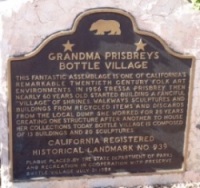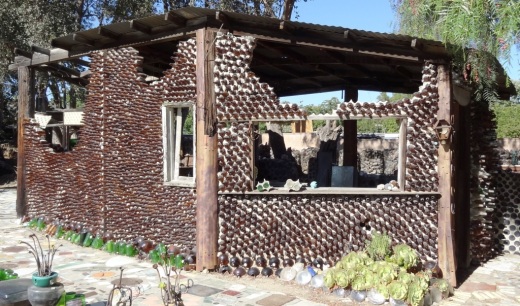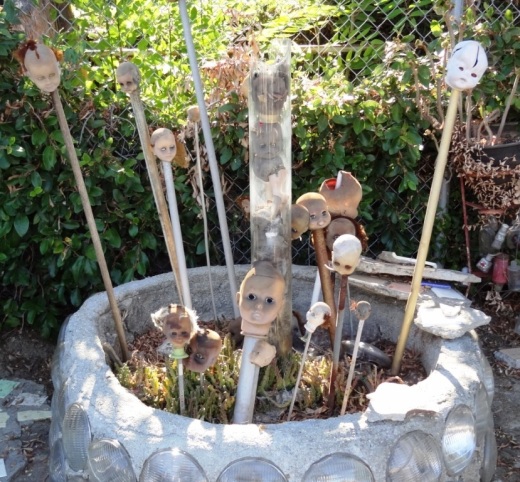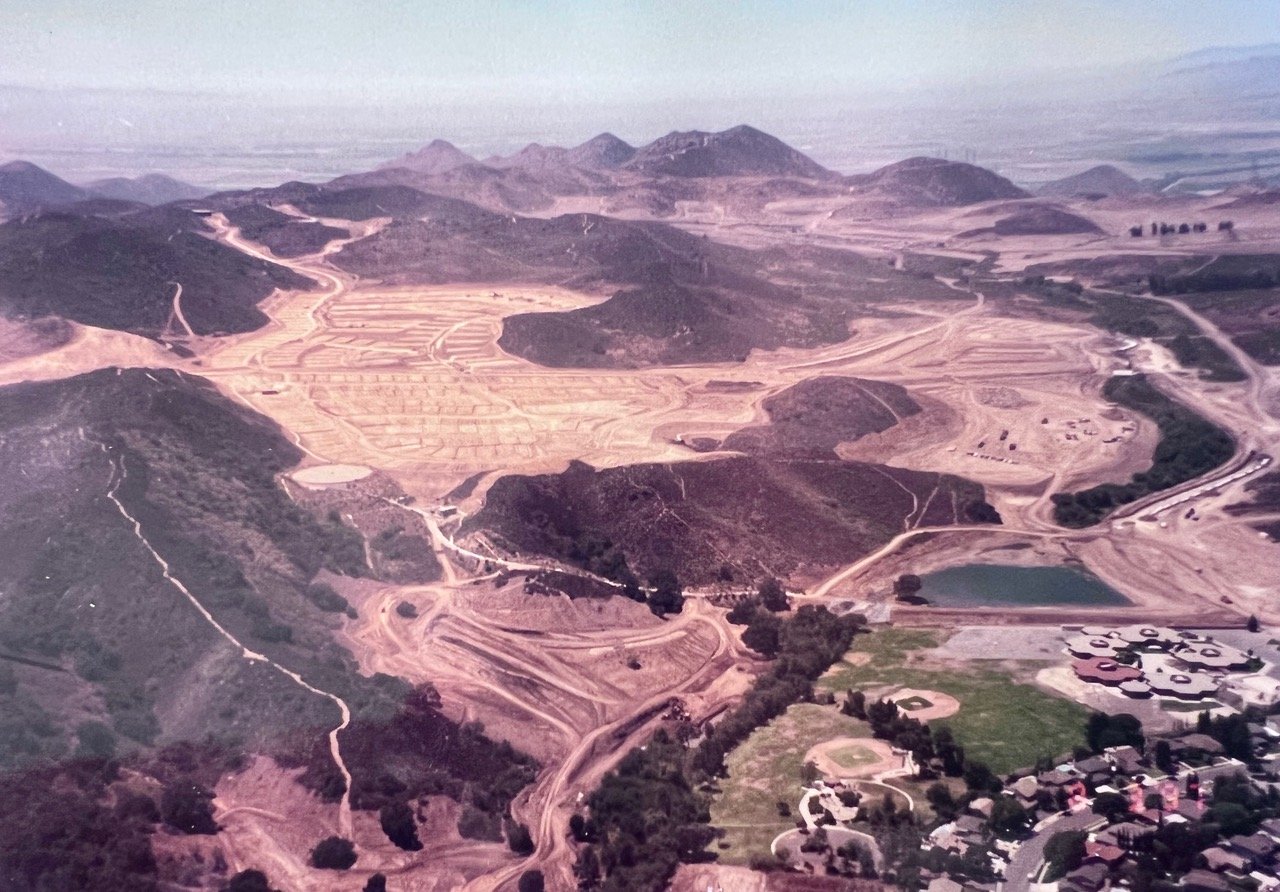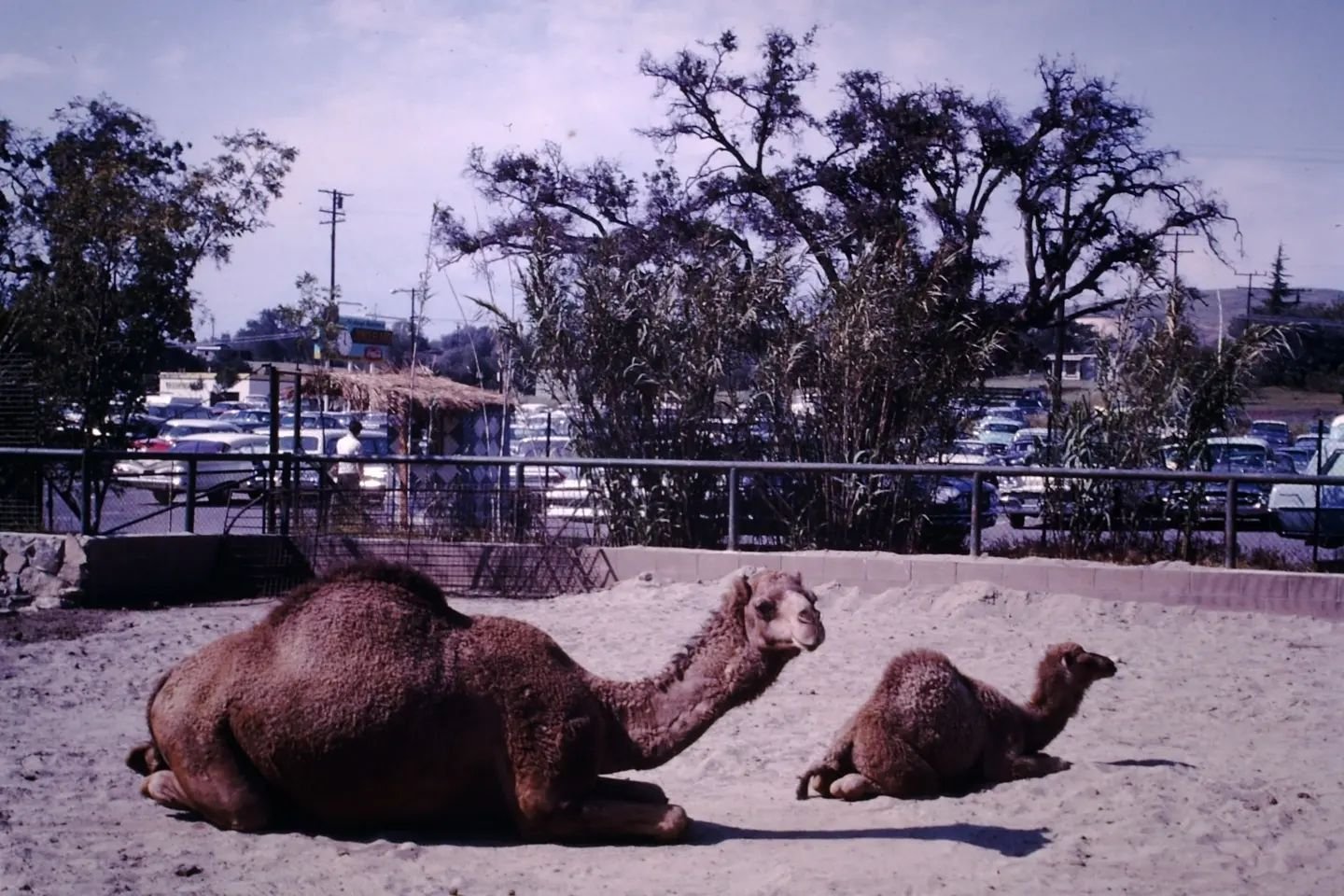Before the adoption of standard time zones in the United States, cities, towns, and communities set their own local times based on the sun’s position. In 1883, railroad companies adopted a system of standard time to synchronize movement and trade across the nation. The U.S. adopted an official system of standard time in 1918.
The Standard Time Act of 1918 incorporated a DST mandate from the last Sunday in March to the last Sunday in October. Congress repealed the DST mandate in 1919. President Woodrow Wilson vetoed the repeal. Congress overrode his veto.
Beginning in 1920, DST was a local state/city option. Here’s the history of DST legislation in California:
1930: Prop 7 was but on the ballot to implement DST at 2 a.m. on the last Sunday in April until 2 a.m. on the last Sunday in September. The initiative failed.
1940: Prop 5 was put on the ballot to implement DST. The initiative failed again.
1949: Third time’s a charm. This time it passed.
1962: Prop 6 was passed, which extended DST from the last Sunday in September to the last Sunday in October.
2018: Californians voted in favor of Proposition 7 by a margin of 59.75% to 40.25%. Voting in favor of the proposition allowed the California State Legislature to change the DST period by a 2/3rds vote and to establish permanent, year-round DST in California by a 2/3rds vote if federal law is changed to allow for permanent DST.
Why the holdup?
The holdup is at the federal level, not the state level: Voting yes on Prop 7 was just the first step in the process. California is one of 14 states that introduced legislation in 2019 to shift to permanent daylight saving time. States cannot move forward with permanent daylight saving time without authorization from the federal government. As of November 2019, there were 4 bills awaiting action in Congress that would allow California to be on permanent DST. These were:
H.R. 1556 “Sunshine Protection Act of 2019,” introduced to the House 3/6/19. The bill makes DST the new, permanent standard time. States with areas exempt from DST may choose the standard time for those areas. The bill was pending a hearing in the House Energy and Commerce Committee. S.670 is an identical bill in the Senate, pending a hearing in the Senate Commerce, Science and Transportation Committee. These have gone nowhere.
H.R. 1601 “Daylight Act” and H.R. 2389 “To allow states to elect to observe year-round DST” both authorize states to shift to permanent daylight saving time and are pending hearings in the House Energy and Commerce Committee. These have also gone nowhere.

